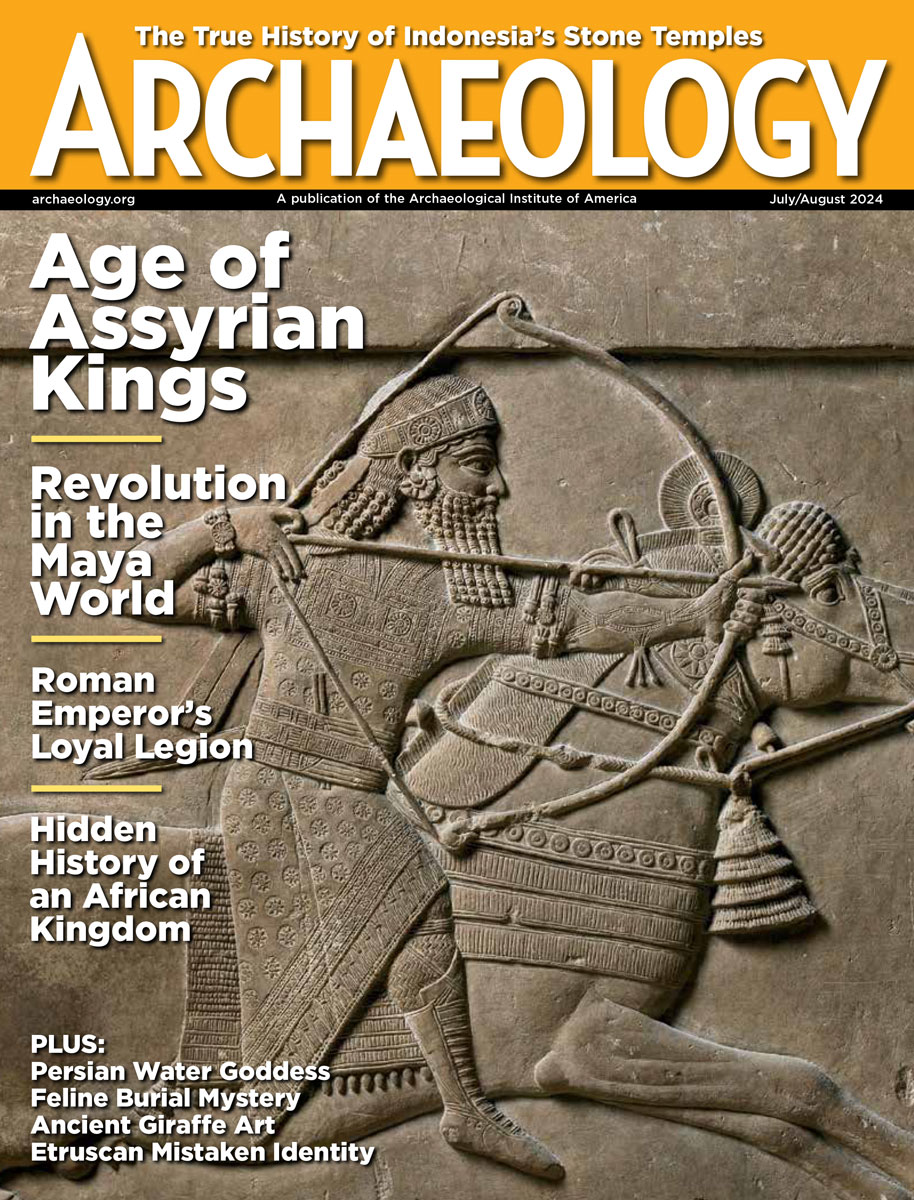Tuesday, November 4
November 4, 2008
The 12,000-year-old grave of a Natufian woman is being called one of the earliest known shaman burial sites by Leore Grosman of Hebrew University. The woman’s body had been held in a special position with large stones. Complete tortoise shells, and body parts from a wild boar, an eagle, a cow, a leopard, two martens, and a human foot, had been buried with her.  A diagram of the grave can be seen at Live Science.
  The buildings that once housed the world’s first large-scale rocket development program still stand in Kummersdorf, Germany. The lab opened on November 1, 1932. “Because these were powers that were trying to catch up [and re-arm after World War I], they were willing to entertain rather outlandish ideas like rockets,” said Michael Neufeld, head of space history at the Smithsonian’s National Air and Space Museum. Â
A pottery kiln dating to the seventh and eighth centuries has been discovered in Ha Long City, Vietnam. Archaeologists think the pottery may have been produced for travel, since the site was located near a busy port in Ha Long Bay. Â
Historic clocks stolen from the L.A. Mayer Museum for Islamic Art in Jerusalem in 1983 have finally been recovered from the widow of the thief, the notorious Naaman Diller. She had tried to sell them, but “The clocks are so well-known that nobody would buy them,” said Rachel Hasson, artistic director of the museum. Â
National Geographic News takes a crack at the claim that a 3,000-year-old pottery shard bearing five lines of Proto-Canaanite text is evidence of a real-life King David and his biblical kingdom.
- Comments Off on Tuesday, November 4
Monday, November 3
November 3, 2008
Iraq has asked for Iran’s help in tracking down some 12,000 artifacts that are still missing after the U.S.-led invasion.
Iran’s cultural heritage officials are suing a contractor who started to build a hotel on the border of Susa, the ancient capital of the Achaemenid Empire, despite being told that digging and construction are prohibited in the area. Â
Periods of migration for early Homo sapiens seem to coincide with social advances and tool-making innovations, rather than climate changes in Africa, as previous research has suggested. “It’s like the chicken-and-egg argument-did migration lead to innovation or did innovation stimulate migration?” asked Zenobia Jacobs of the University of Wollongong in Australia.  Â
Zahi Hawass, secretary general of Egypt’s Supreme Council of Antiquities, continues the tales of his excavation adventures in Al-Ahram. Â
What is thought to be an eleventh-century Hindu ritual site has reportedly been found on the island of East Java, Indonesia.  Â
An archaeological dig under Florence’s Palazzo Vecchio, which sits atop a Roman theater, will be opened to 50 visitors a month. “Here you see all the ages of the city, from its establishment to the Renaissance. That’s the wonderful thing about this area,” said archaeologist Lorenzo Spezzi. Â
Medical News Today offers details from the study of Otzi the Iceman’s mitochondrial DNA. Â
Here’s a little more information on the fiber optic sensors and accelerographs that are being installed on the Athens Acropolis. The instruments will help identify areas of the site that could be vulnerable to earthquakes. Â
The story of Julius Caesar’s landing in Britain has also reappeared. Forensic astronomer Donald W. Olson of Texas State University and his team traveled to Britain in August 2007, when astronomical conditions almost exactly duplicated those of 55 B.C., to test the currents and possible landing sites.
- Comments Off on Monday, November 3









